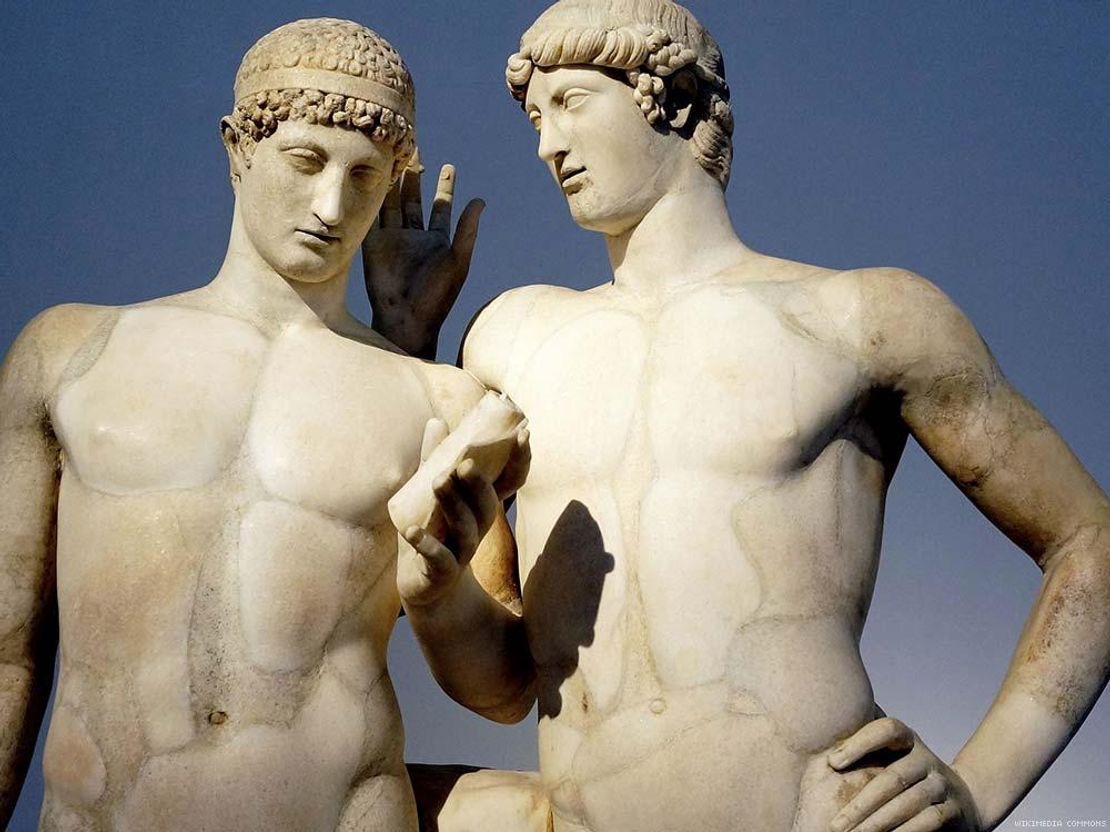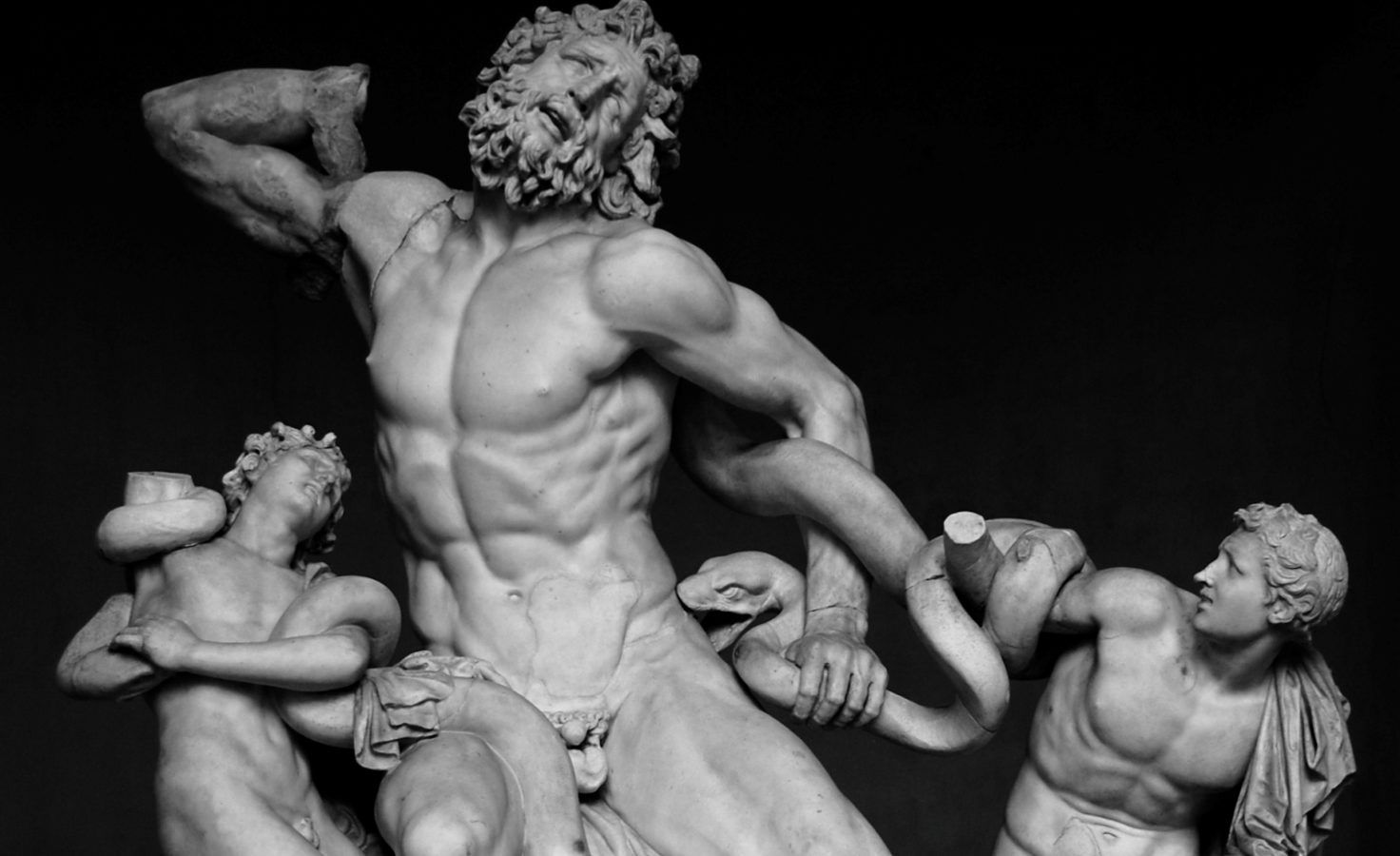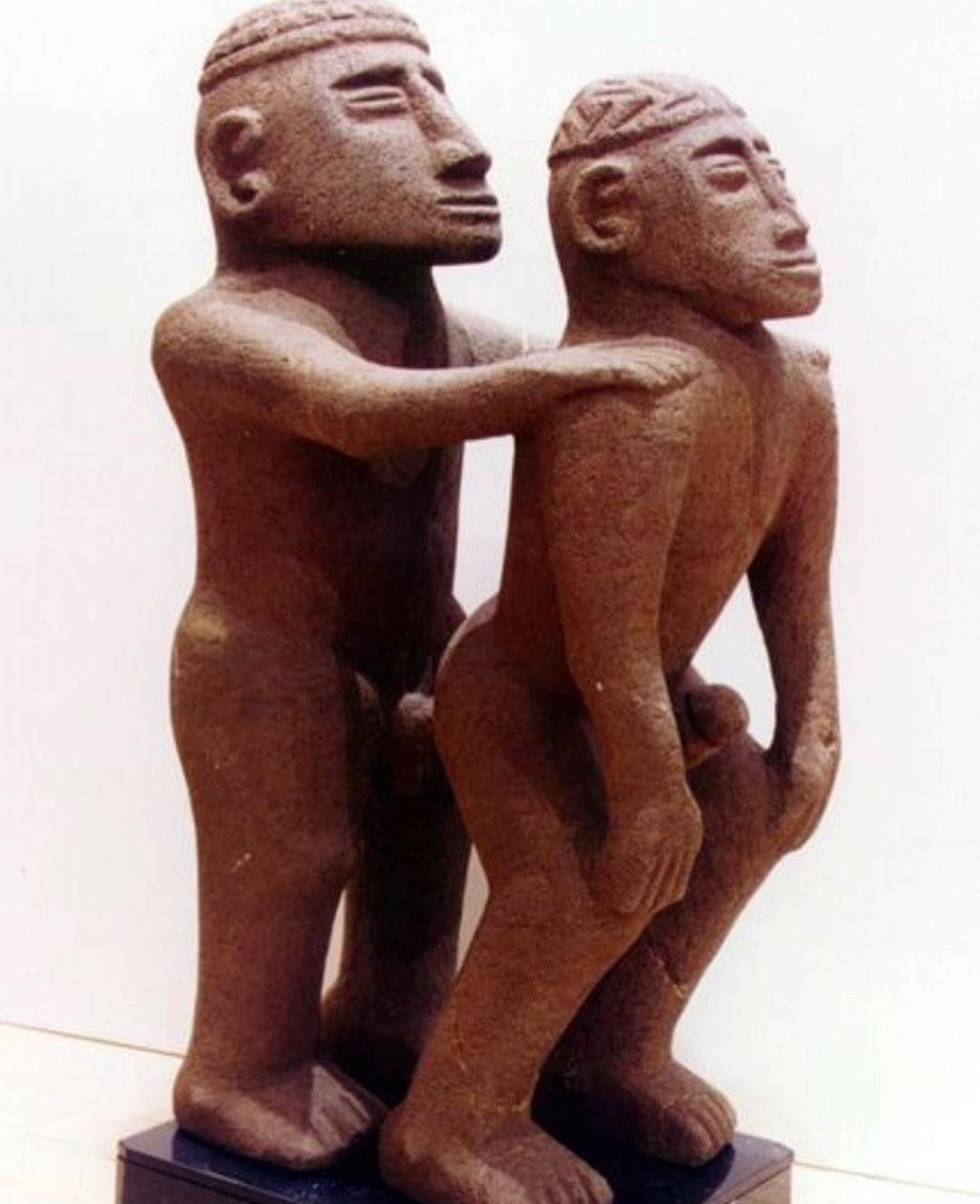Pre Columbian Basalt Sculpture of a Homosexual Copulating Couple (1000-1500 CE) – Costa Rica :

This unusual Costa Rican sculpture is of two naked males wearing flat headdresses engaging in a homosexual activity. Carved of basalt stone, the sculpture is highly stylized and created in a simple, minimal manner. The larger man stands behind, with his hands firmly holding the shoulders of the smaller man. Such pose generates the feeling of tension, more of a power play between the men than the sexual connotation. Although such scene of homosexual activity may have a certain connotation for people today, the people of Ancient Costa Rica had a quite different interpretation. Wearing little clothing was a symbol of high class for Ancient Costa Ricans because only people who worked in the fields had to wear clothing to protect their sensitive areas such as the genital area.
Costa Ricans also considered sex as the unpredictable force, which often leads to tension and destruction. Thus, sex was naturally analogized with beings of aggressive power, such as human males who were often warriors, the fighting force in their culture. Moreover, such activity had a ritualistic significance. During ceremonies, a strong, masculine warrior engaged in the sexual act with another warrior of lesser power to transfer his strength and virility.
The basalt sculpture, then, embodies more conception and symbolism than just sex itself. Looking at this sculpture, we realize that symbolism can be interpreted in a myriad of ways depending on the culture and context in question. It behooves us to look below the surface to understand the intricacies of symbol systems and their use within a given culture during a given period. It only expands our understanding of the beauty and complexity of the overall human experience and its infinite expressions.

Barakat Gallery, London
#archaeohistories






